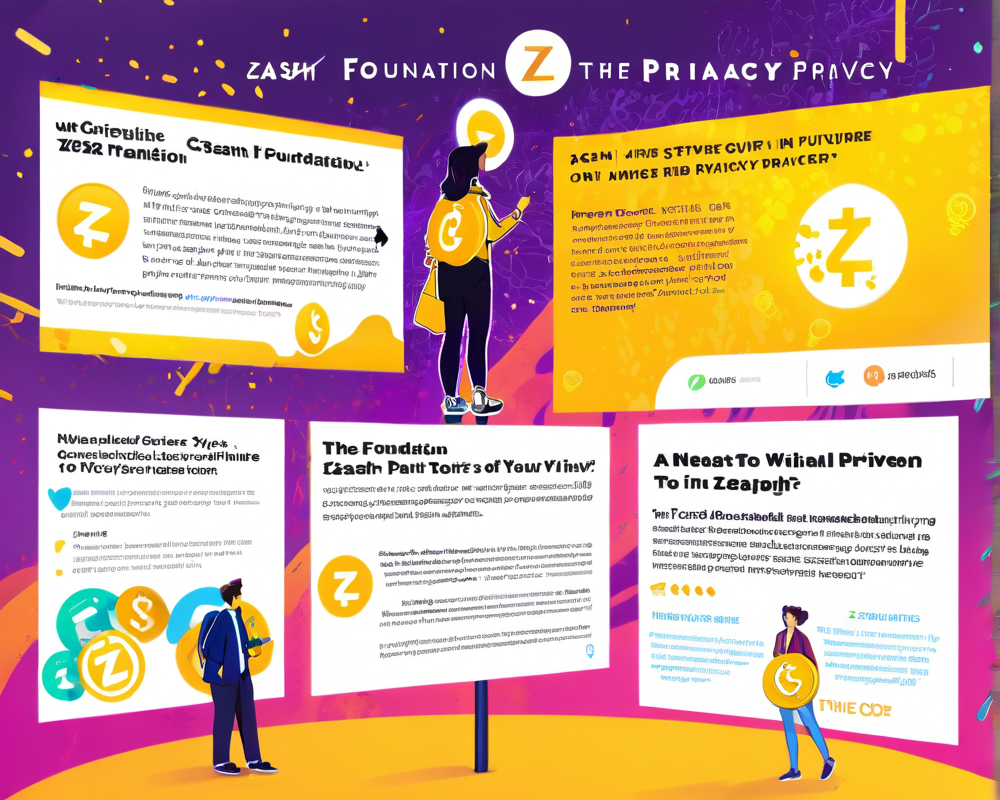What’s the Buzz About BUSD?
So, what exactly is Binance USD (BUSD)? This stablecoin, backed by dollars and issued by Paxos, has been floating around in the crypto waters, making waves as the third largest stablecoin after Tether’s USDT and Circle’s USDC. Paxos has been promoting BUSD as having full backing from reserves in cash or U.S. Treasury bills, and even received a thumbs up from the New York State Department of Financial Services (NYDFS). But things took a turn that even a rollercoaster would envy.
SEC’s Wells Notice: A Dramatic Twist
Enter the U.S. Securities and Exchange Commission (SEC), strutting onto the scene with a Wells notice aimed at Paxos, alleging that the BUSD is an unregistered security. It’s like a sudden plot twist in a mediocre sitcom—surprising, yet making you question the whole premise of the show. What’s juicy here is that after this notice, Paxos was ordered to stop minting new BUSD, citing unresolved issues with its relationship with Binance. Looks like the partnership is going through a rough patch—take notes, singles!
Changpeng Zhao’s Take: Optimism in Uncertain Times
Meanwhile, Binance’s CEO, Changpeng Zhao, isn’t throwing in the towel. Zhao has expressed hope that the SEC will rethink its move, suggesting that filing an enforcement action against BUSD would be a misstep that hinders financial tech growth. He’s basically saying, “Hey SEC, don’t be that person who kills the vibe.” Because, who really wants to pull the plug on innovation, right? Zhao’s stance is that BUSD is too stable to be considered a security under the Howey test, where one would expect profit from an investment. Spoiler alert: no one’s expecting profits from a stablecoin, buddy!
Caught in the Crossfire: Stablecoins Under Scrutiny
Now, let’s explore the conundrum of whether stablecoins like BUSD are more than just, well, stable. Some industry voices have questioned this classification. Legal experts are diving deep into the reasoning behind the SEC’s apprehension. They argue that although stablecoins are primarily stable, buyers may experience profit-related benefits through various crypto activities like arbitrage or staking. Who knew stablecoins have layers like an onion? You peel one back, and there’s another lingering question, we just hope it doesn’t make us cry!
A Broader Perspective: Is it Just About BUSD?
Some analysts are speculating that the SEC’s actions might have less to do with BUSD itself and more with Binance’s overarching situation. Legal experts have pointed to the potential concerns about transparency and accuracy related to Binance, suggesting that the SEC’s issues might stem from the exchange rather than the stablecoin. Given how securities regulations have evolved, it seems regulators are trying to keep up with the fast-paced crypto environment. Talk about chasing after a speeding train!
Stablecoins: Payment Systems or Securities?
The debate is far from over. Opinions vary widely on how the SEC should approach stablecoins. Circle’s CEO, Jeremy Allaire, argues that payment stablecoins are fundamentally payment systems—akin to a high-speed train that should be regulated by banking authorities, not the SEC. One thing’s for sure: While 2022 was a year of wild market swings and collapses, 2023 is shaping up to be a regulatory firefight—let’s just hope the fires aren’t too scorching!



